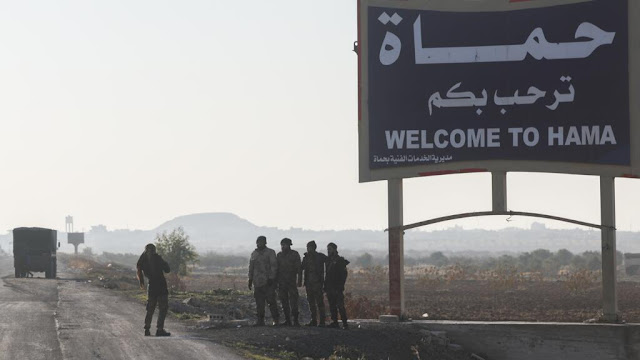The Hama Massacre, which unfolded over four decades ago, stands as one of the most harrowing episodes in the modern history of the Arab world. In February 1982, the Syrian government, under the leadership of President Hafez Assad, launched a brutal assault on the city of Hama, marking a turning point in the nation’s political landscape and leaving an indelible scar on the collective memory of its people.
The massacre, which lasted nearly a month, resulted in the deaths or disappearances of an estimated 10,000 to 40,000 individuals. The violence was a direct response to the growing influence of the Muslim Brotherhood in Hama, a city that had become a stronghold for the Islamist group. As government forces besieged the city, they employed overwhelming military force, including artillery bombardments and house-to-house searches, leading to widespread devastation. The aftermath left Hama in ruins, both physically and psychologically, as families were torn apart and communities shattered.
The memory of the Hama Massacre remains deeply ingrained in the consciousness of Syrians and the broader Arab population. It is not merely a historical event; it is a symbol of state brutality and repression. The scars of that violence have been passed down through generations, serving as a reminder of the lengths to which the Assad regime would go to maintain its grip on power. The massacre has become a touchstone for discussions about human rights abuses in Syria, highlighting the urgent need for accountability and justice.
Fast forward to the present day, and the echoes of Hama resonate amid the ongoing Syrian civil war, which began in 2011. This protracted conflict has roots that many analysts trace back to the events of 1982. The uprising against President Bashar Assad, Hafez Assad’s son, was fueled by widespread discontent with the regime, particularly among those who remembered the brutality of the past. In a striking turn of events, Islamist insurgents have recently captured the city of Hama, tearing down a poster of Bashar Assad and storming government offices. This act, unthinkable four decades ago, underscores the shifting dynamics of power within Syria and the enduring legacy of the Hama Massacre.
The current situation in Hama serves as a poignant reminder of the cyclical nature of violence and repression in the region. The rise of insurgents in a city that once suffered such profound brutality reflects the deep-seated grievances that continue to fuel conflict in Syria. It raises critical questions about the future of the Assad regime and the potential for change in a country long dominated by fear and oppression.
As the world watches the developments in Hama and beyond, it is essential to recognize the significance of the past in shaping the present. The Hama Massacre is not merely a historical footnote; it is a crucial chapter in the ongoing struggle for justice and human rights in Syria. Understanding this dark moment in history is vital for comprehending the complexities of the current civil war and the aspirations of a population yearning for freedom and dignity.
the legacy of the Hama Massacre is a testament to the resilience of the Syrian people and their enduring quest for justice. As the nation grapples with its tumultuous past and uncertain future, the memory of Hama serves as both a warning and a rallying cry for those who continue to fight against oppression and for a better tomorrow.

